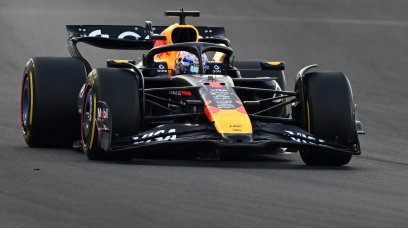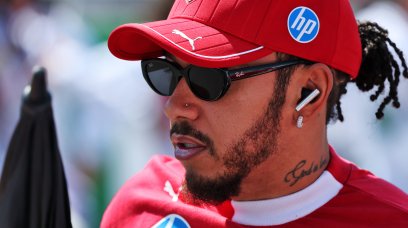Last week, short-term measures and a long-term solution to porpoising were approved by the World Motor Sport Council (WMSC) and communicated by the FIA. From the upcoming Belgian Grand Prix, plank skids will be stiffened and wear measured. Then, for 2023, several further rule changes have been honed in on. This includes car floor edges being raised by 15mm, as opposed to the 25mm initially outlined, after a compromise was reached between the parties involved. The "throat height" of the diffuser will also be raised, along with an increase in "diffuser edge stiffness", while an additional sensor will be installed to monitor oscillations.
Does this mean an end to porpoising?
After sparking plenty of controversy among teams up and down the grid, the new 2023 rules should, in theory, be the definitive solution to porpoising. Upon reading the changes in detail, it appears that they will be less radical than initially feared, especially considering the aforementioned 15mm floor edge compromise. In terms of controlling wear on the floor/plank, the new rules will actually see the holes used for checking thickness in specific positions reduced from six to four. With the most commonly checked area coming in the rear two thirds of the floor, the two holes placed symmetrically on either side have no reason to exist, nor do they add any practical value to inspections.
Nothing major for F1 teams to deal with
In addition to the floor edges being raised by 15mm, the overlapping section of the diffuser and Venturi channels will see a height increase of 10mm. On the face of it, these changes should not upset the current aerodynamic concept of the cars. And, according to some aerodynamicists, they will not be particularly damaging in terms of downforce losss – which is easily recoverable. The FIA are also aware of this fact, with their Single-Seater Technical Director, Nikolas Tombazis, expecting significant average lap time gains next year, compared to the start of 2022, as F1's latest ground effect era develops. There are, of course, budget cap and sporting factors to consider with late changes to the rules, but technically, teams should have the situation under control. As such, the adjustments are unlikely to upset the current pecking order for 2023. It marks the end of the sport's latest technical soap opera with great regret... for the conspiracy theorists out there.
Most read






